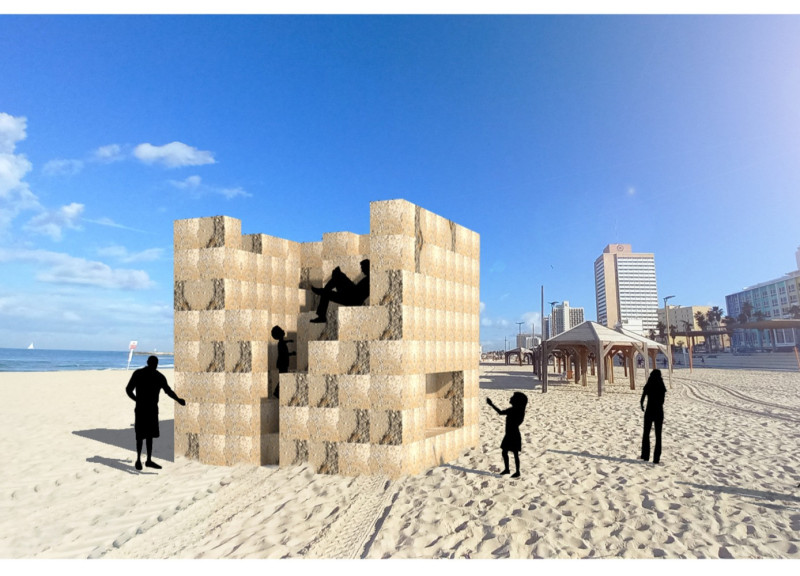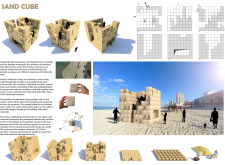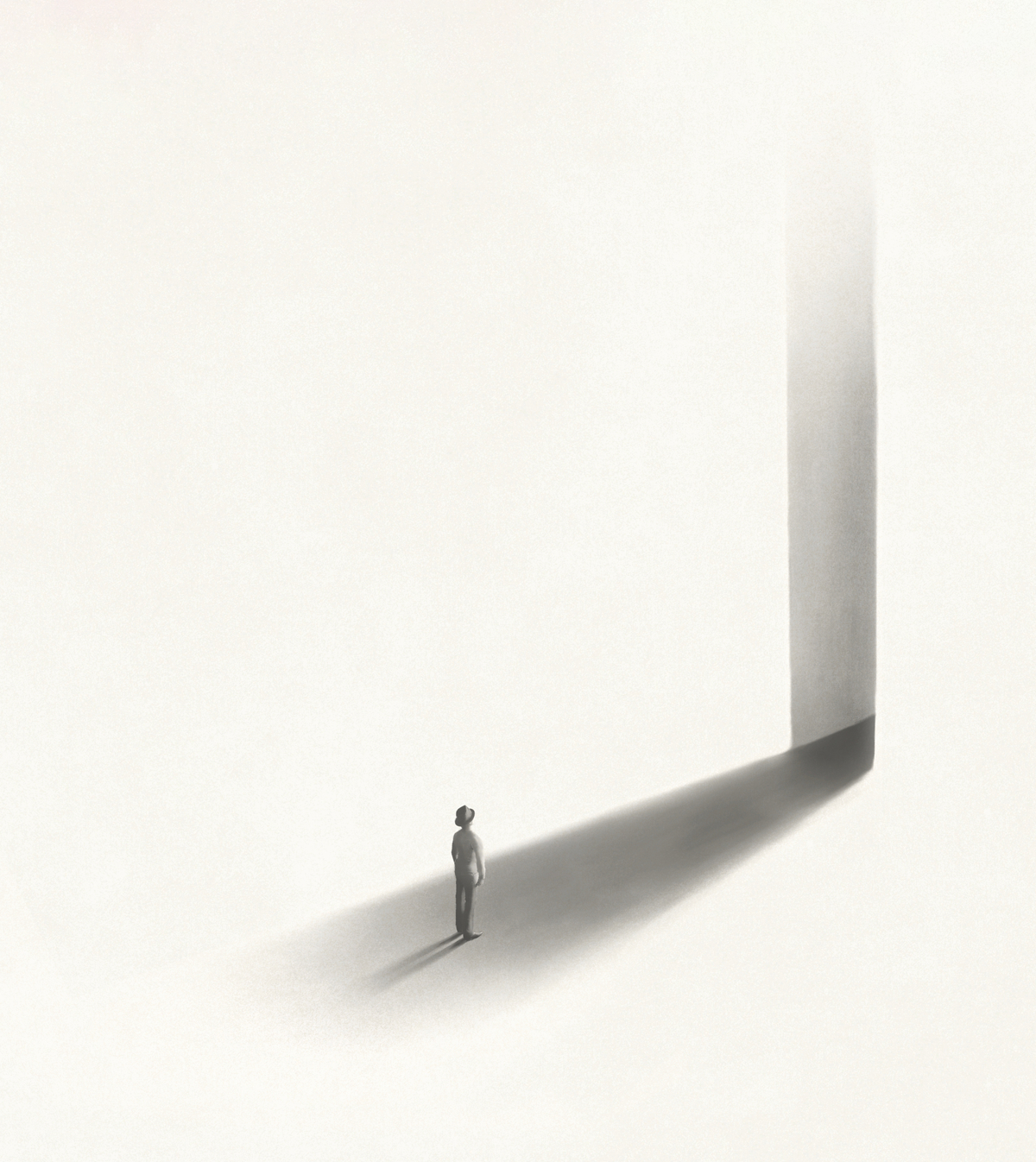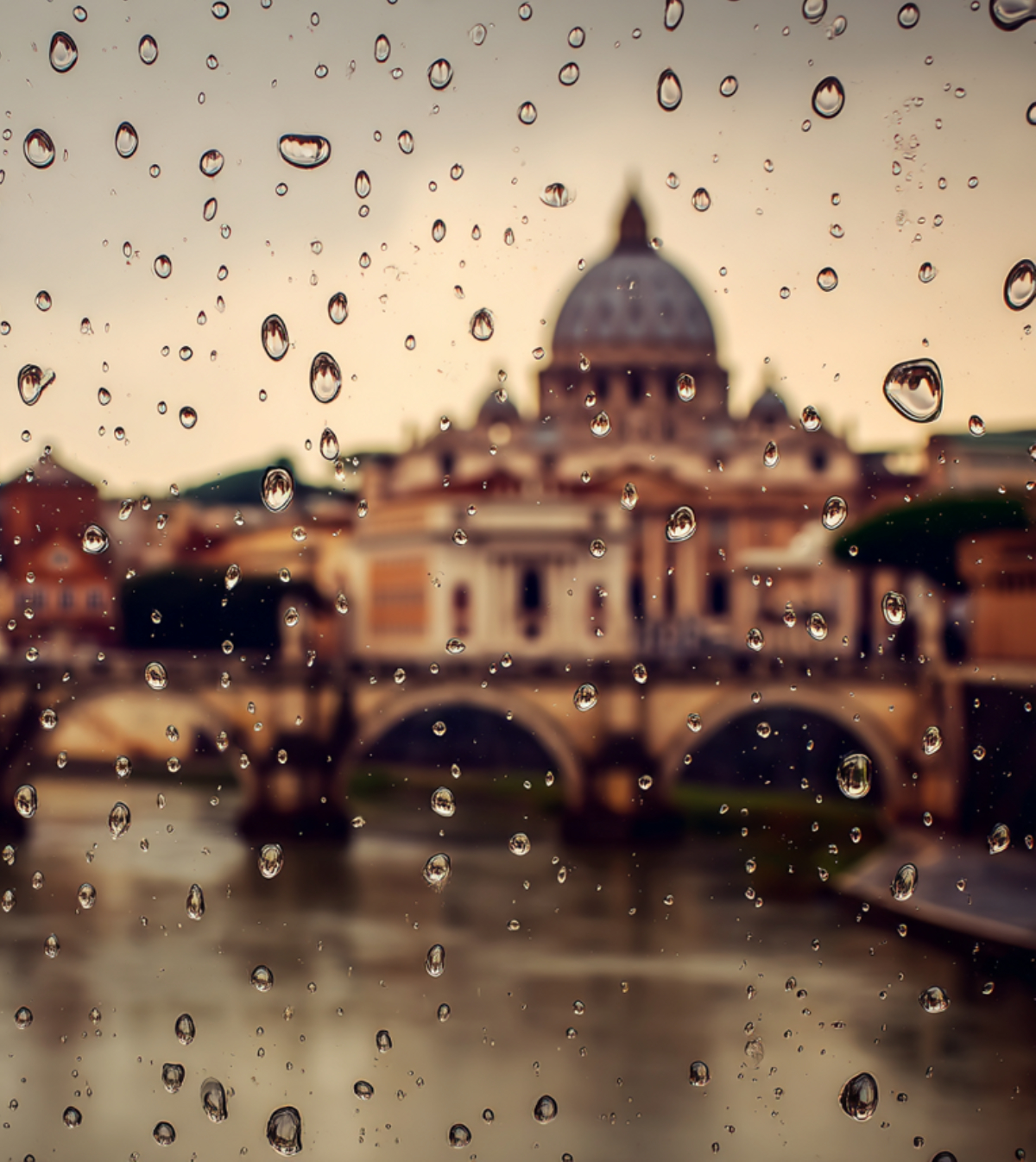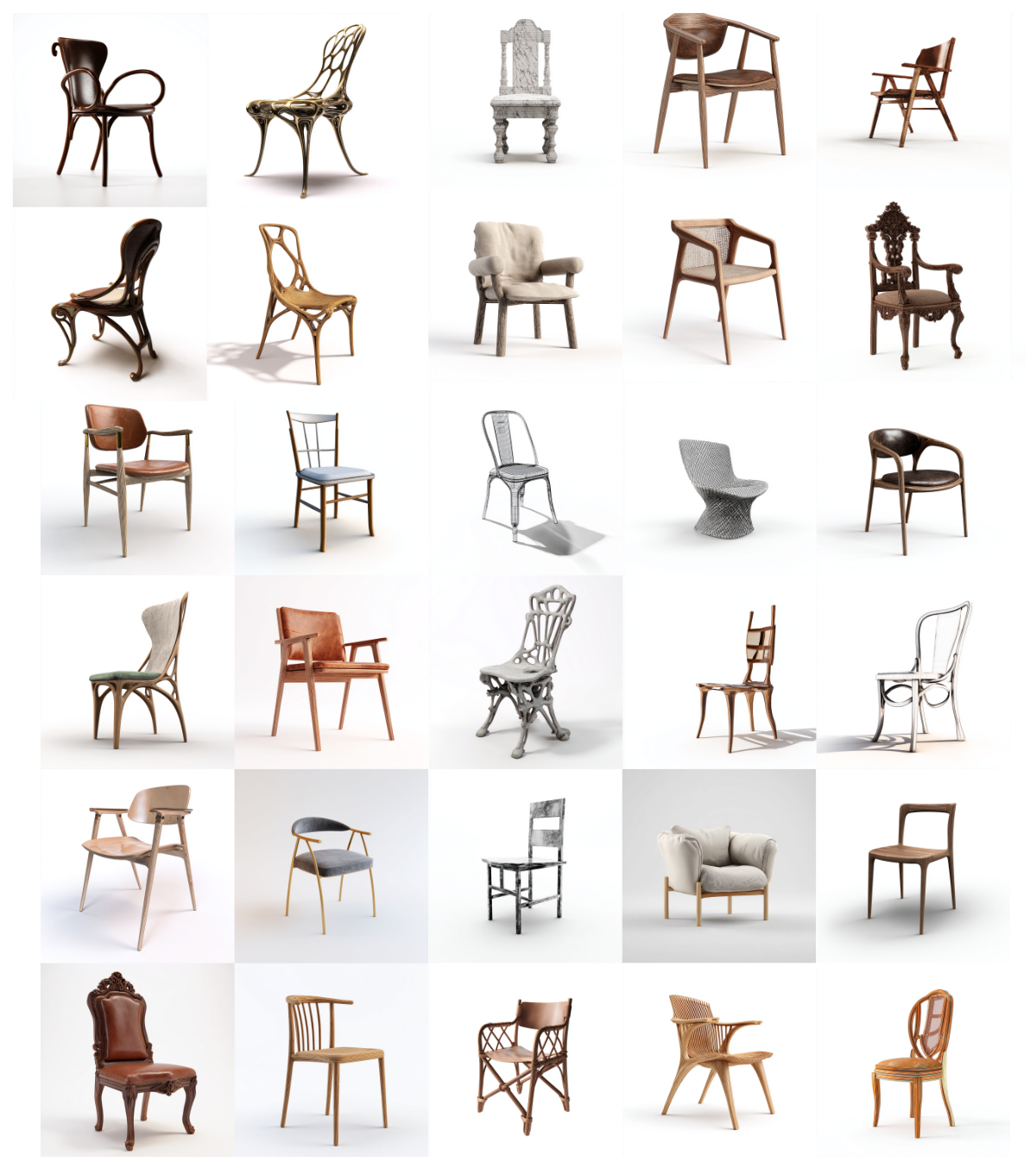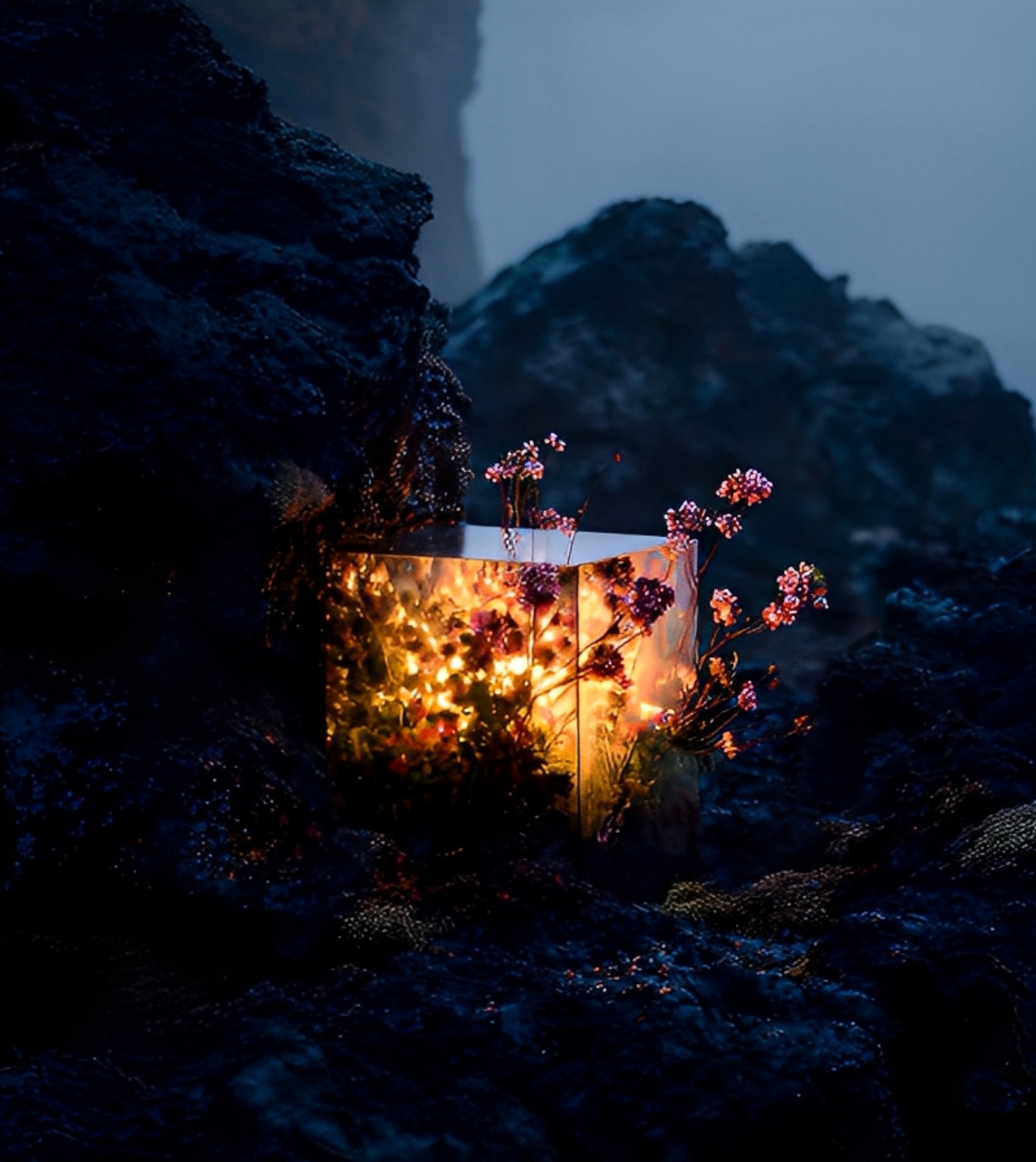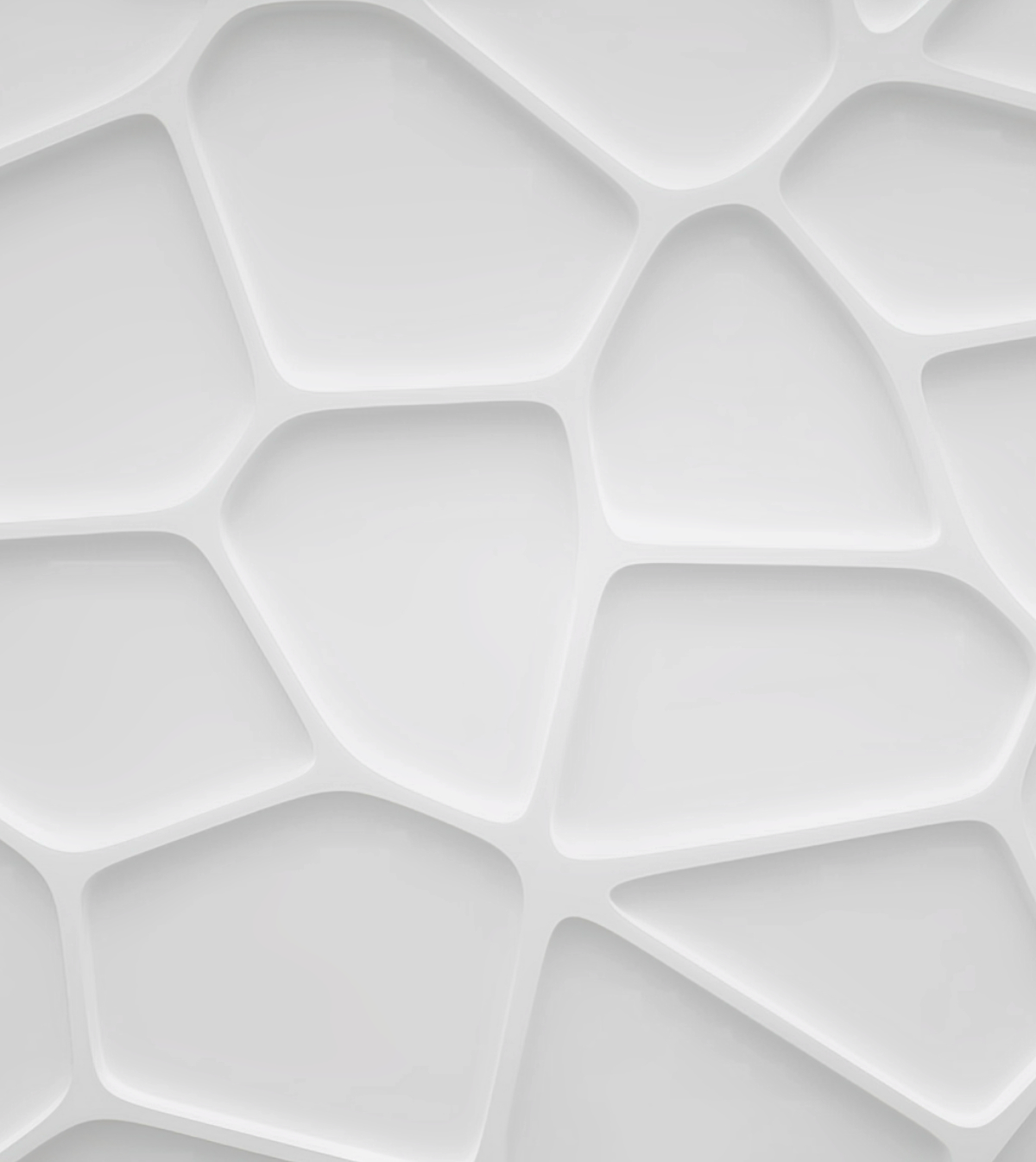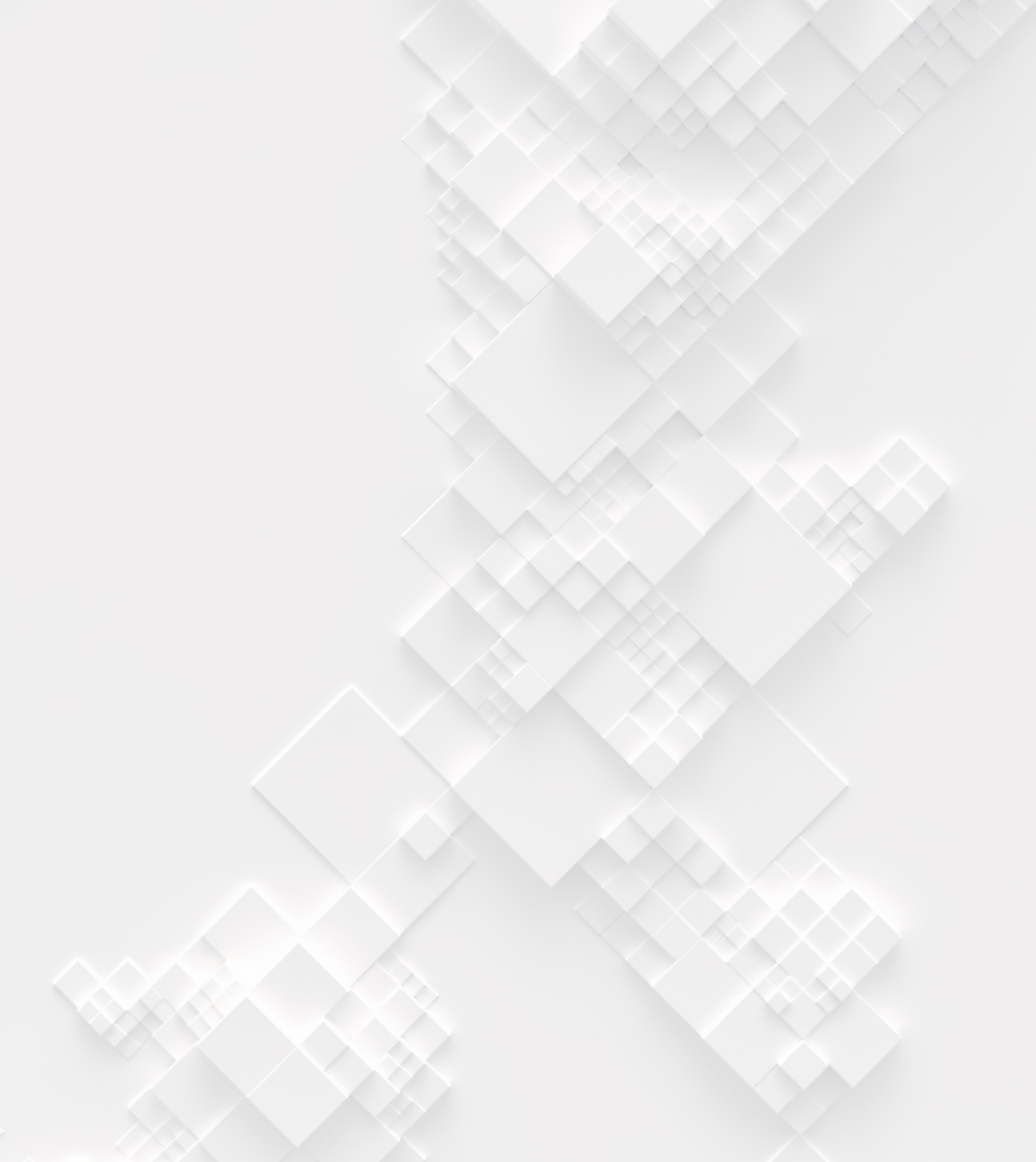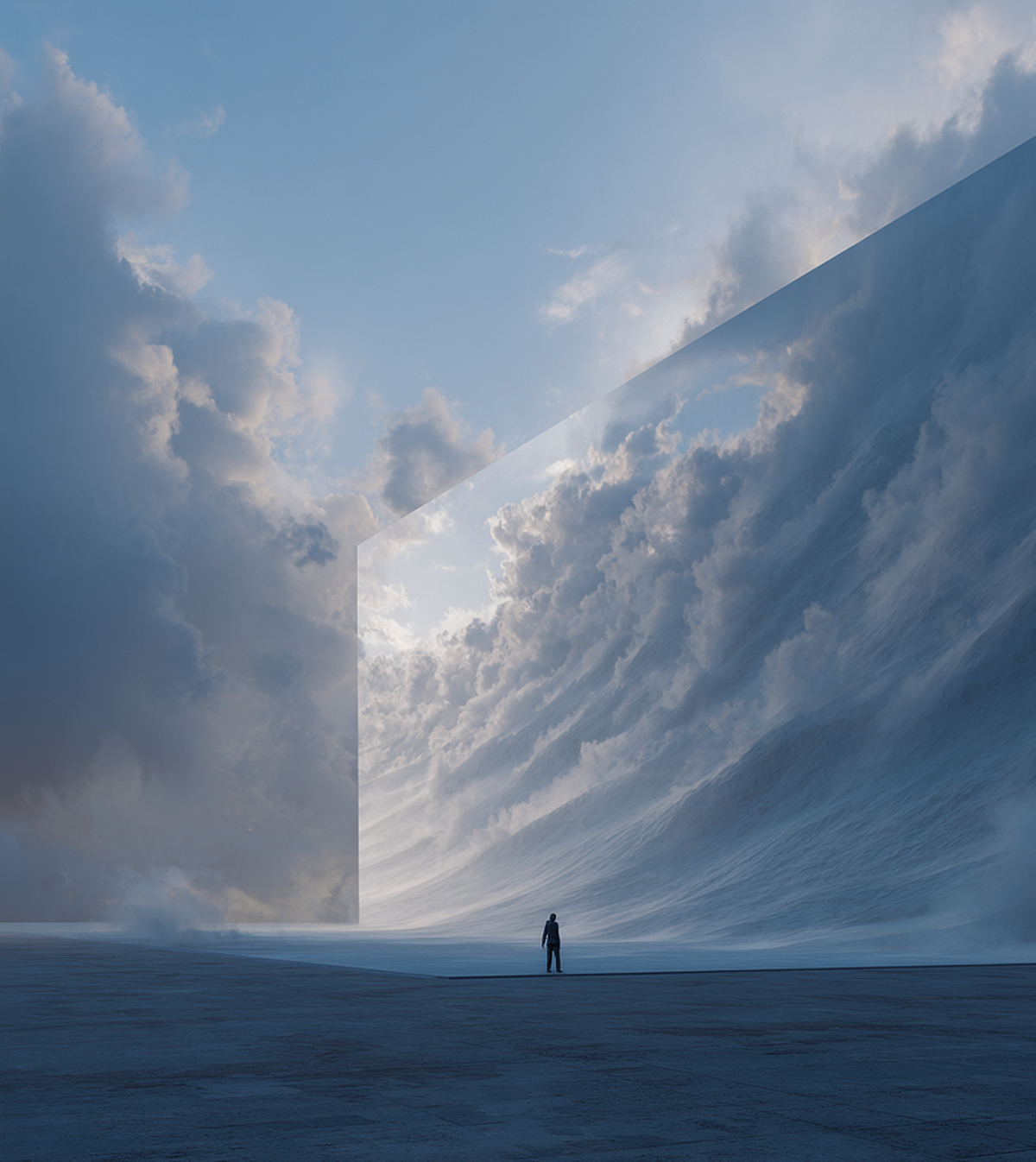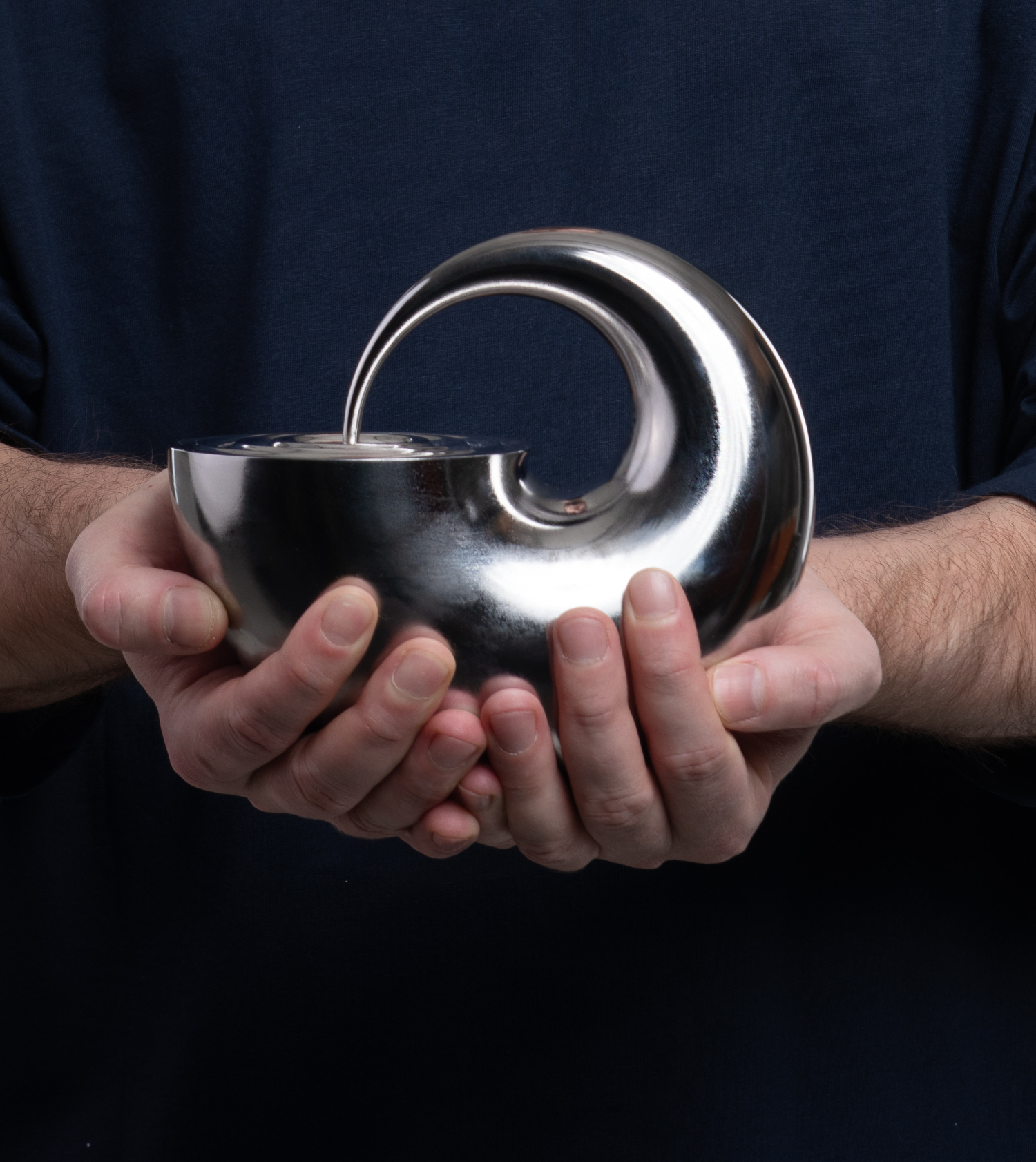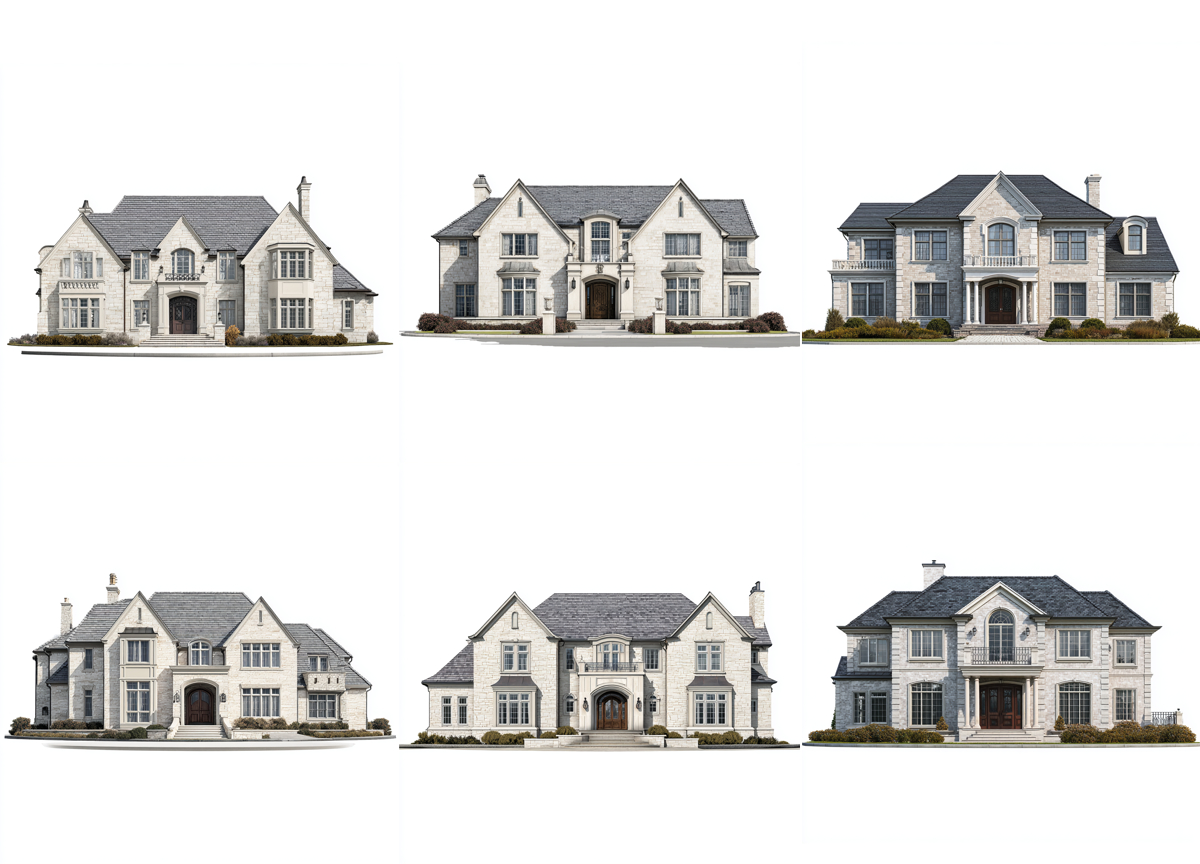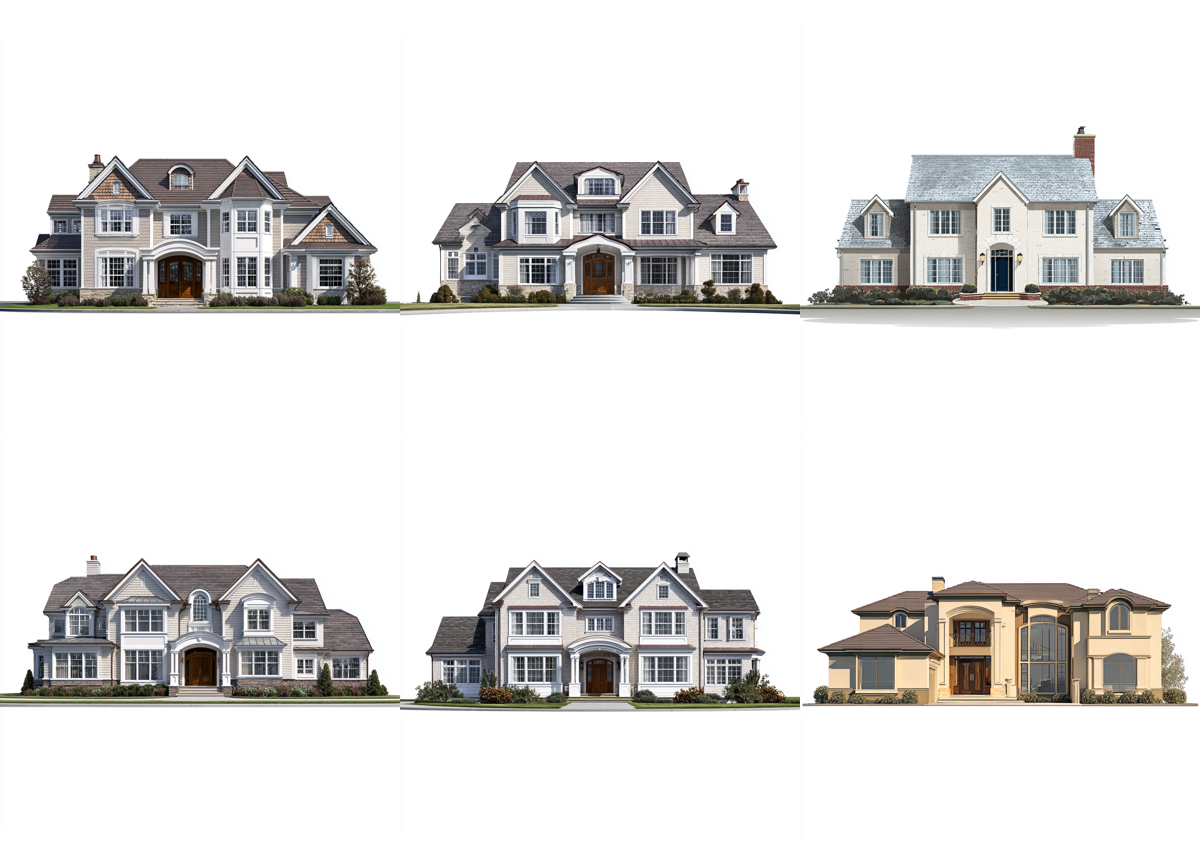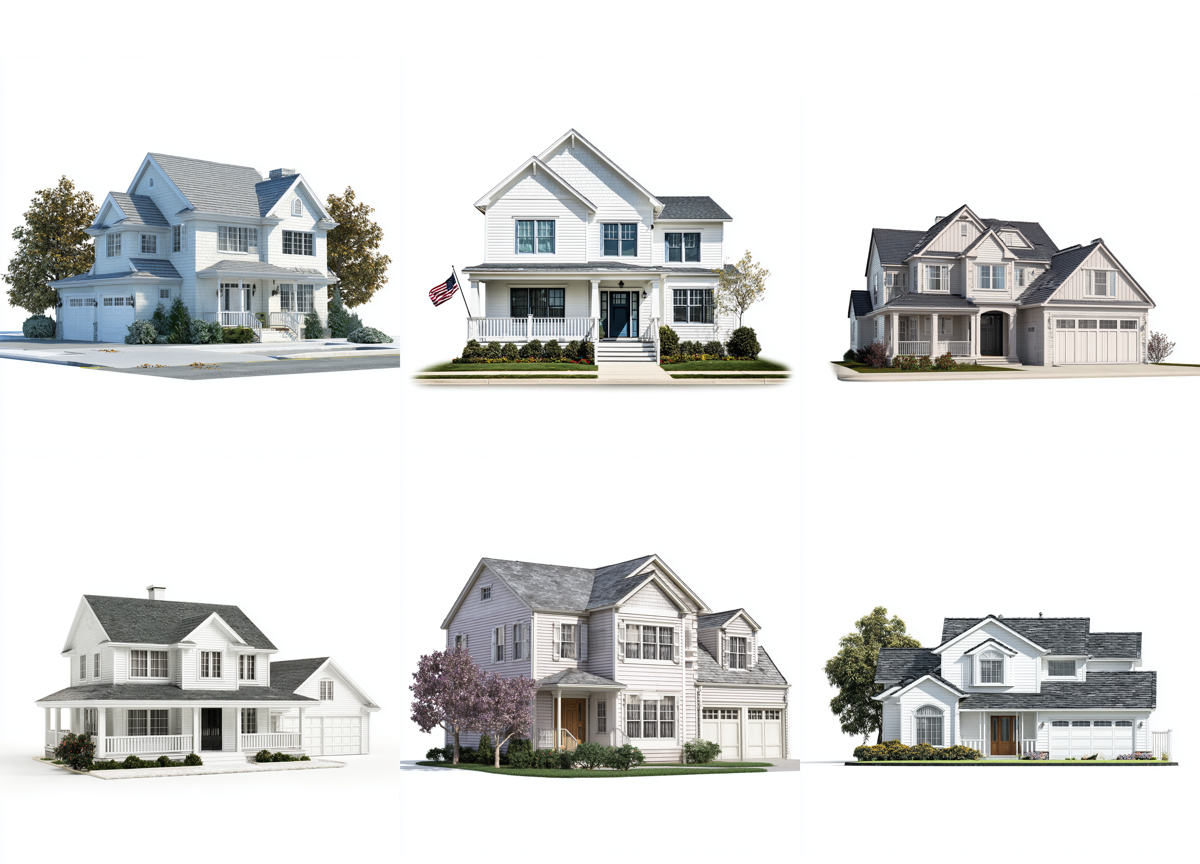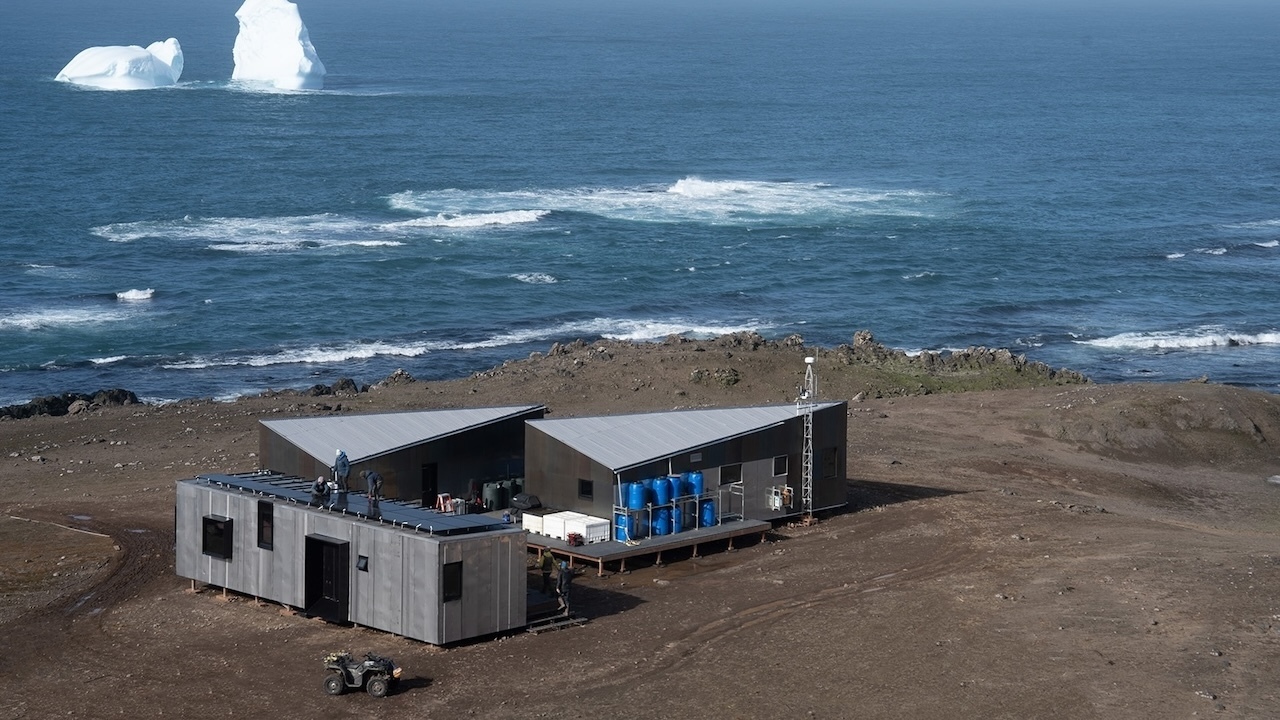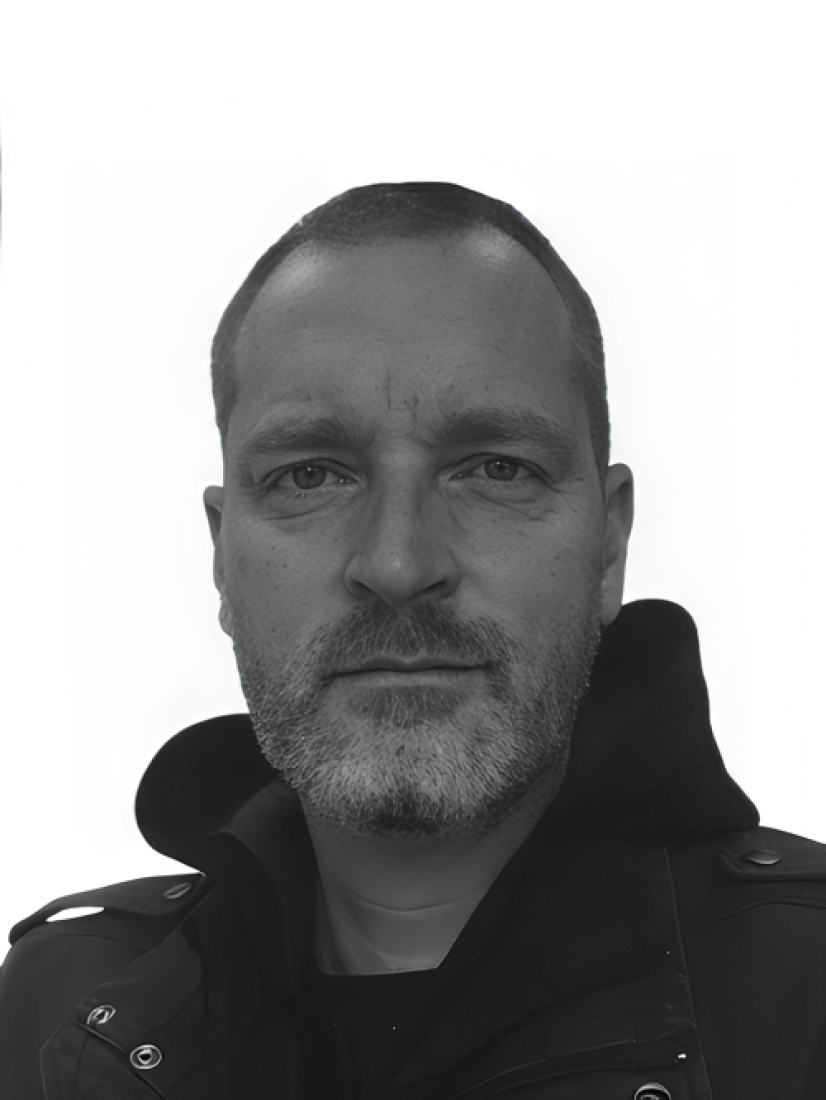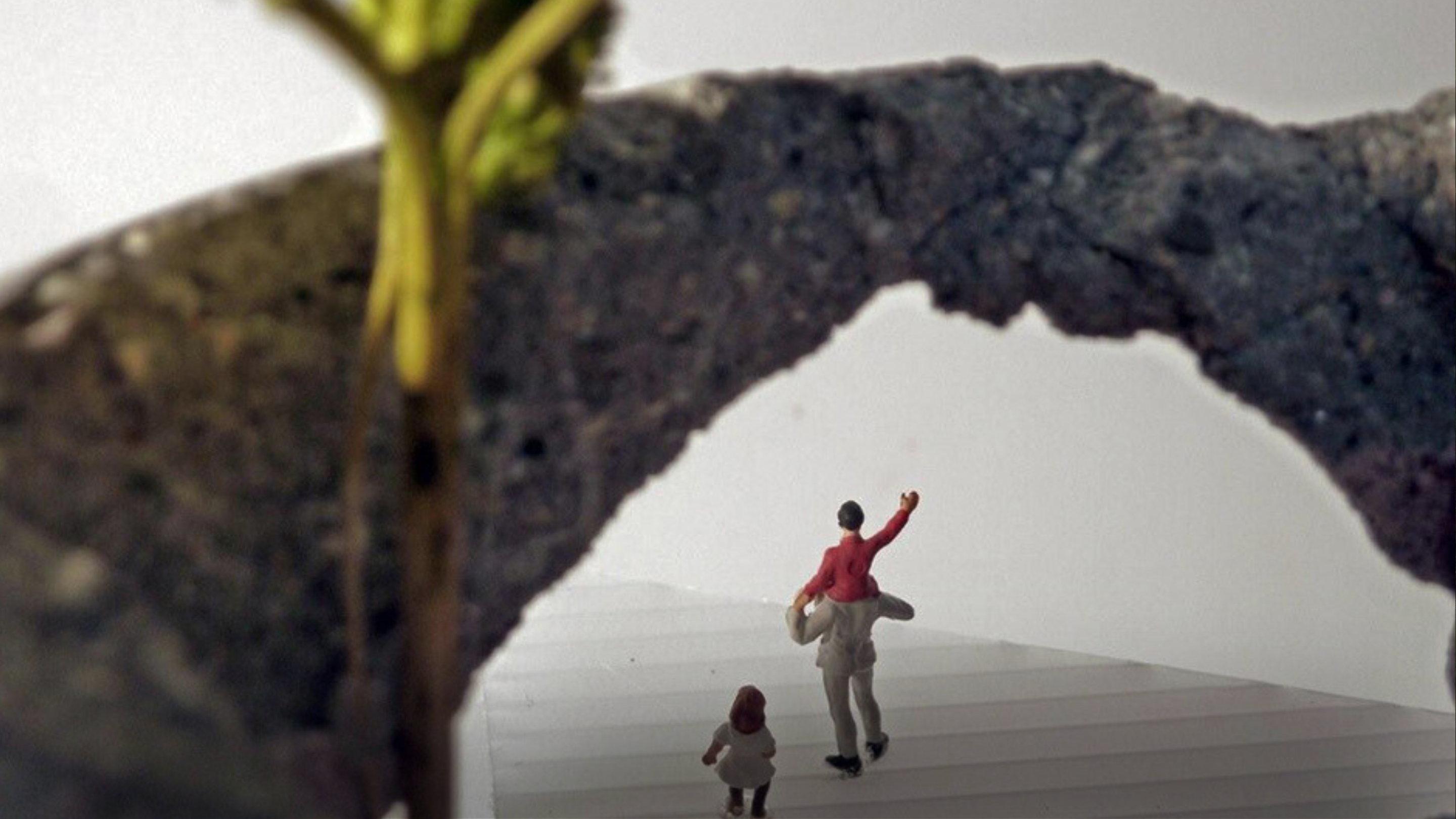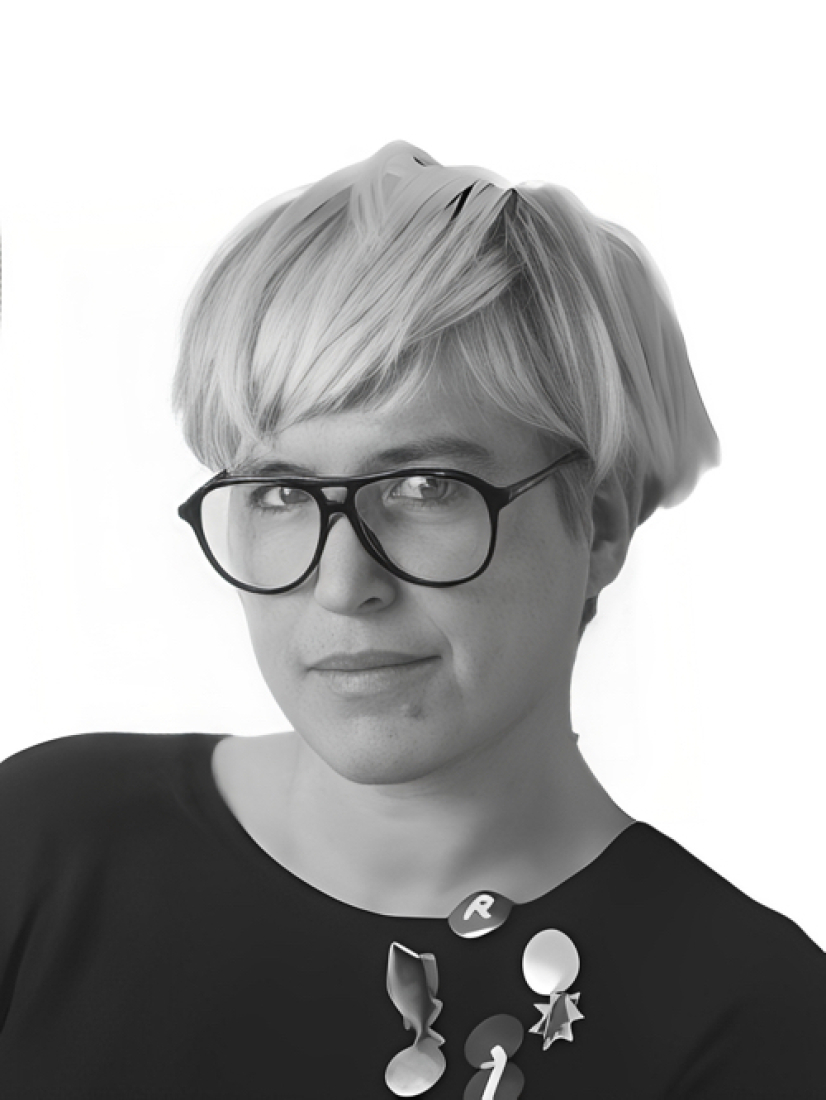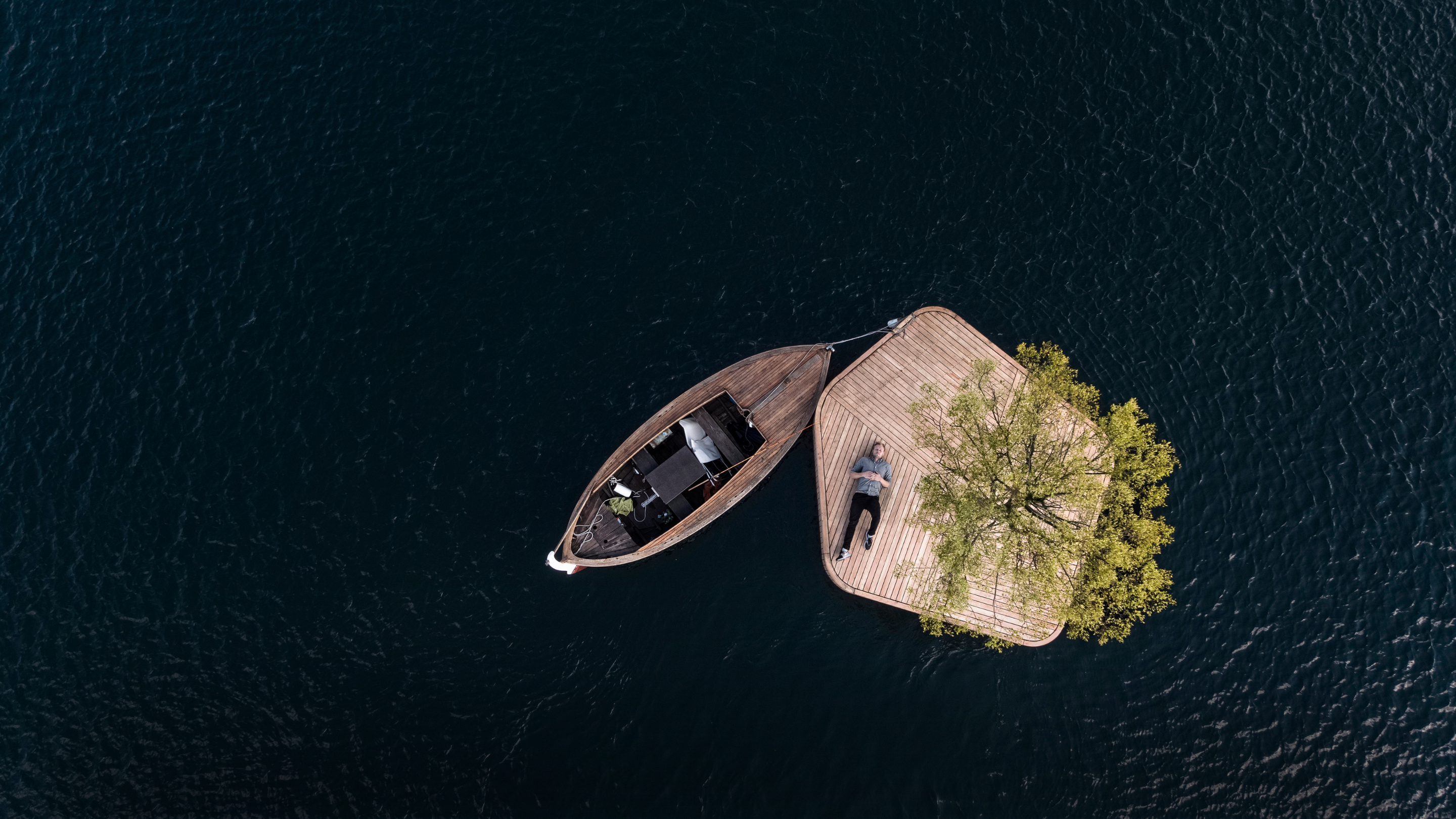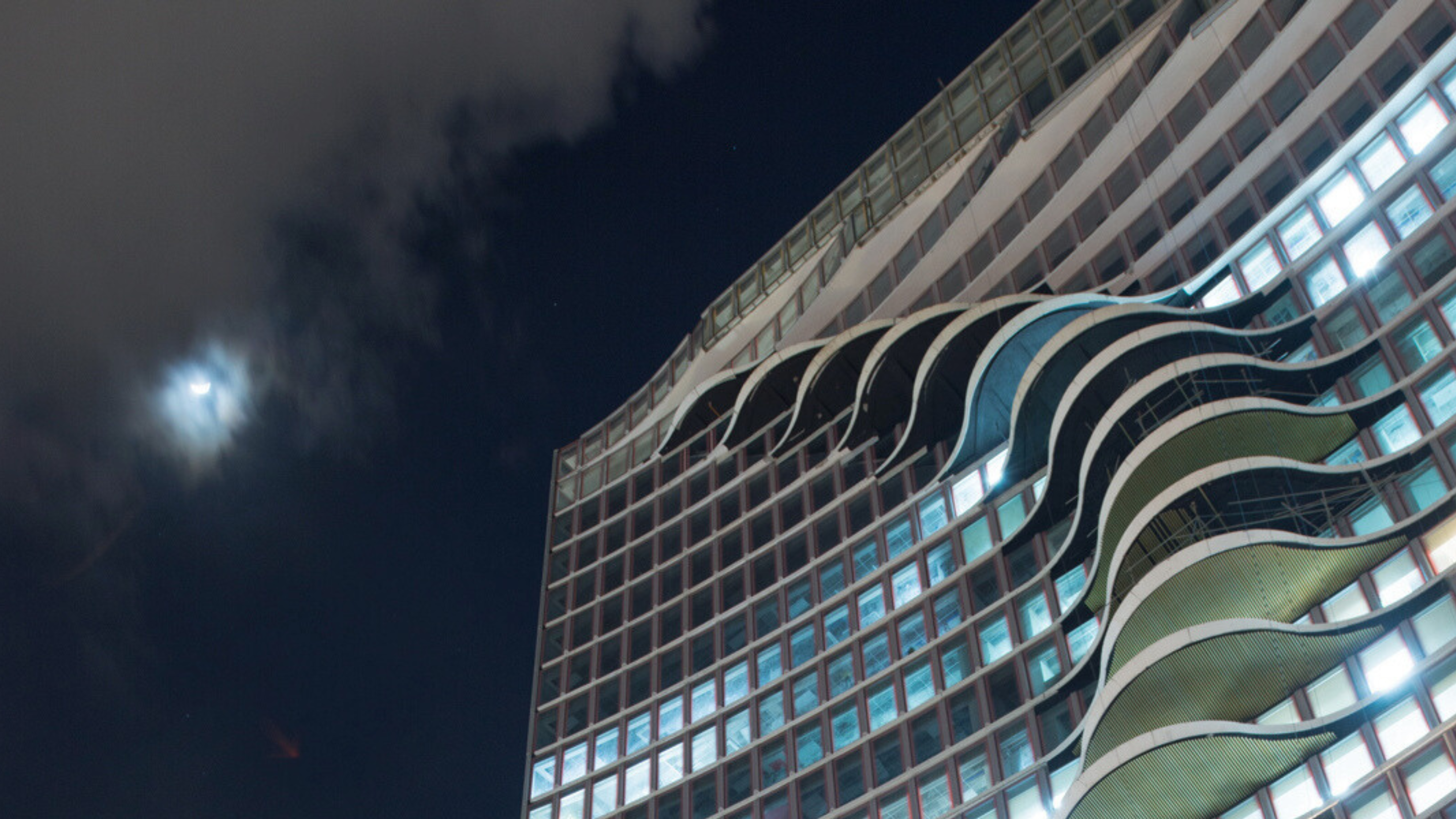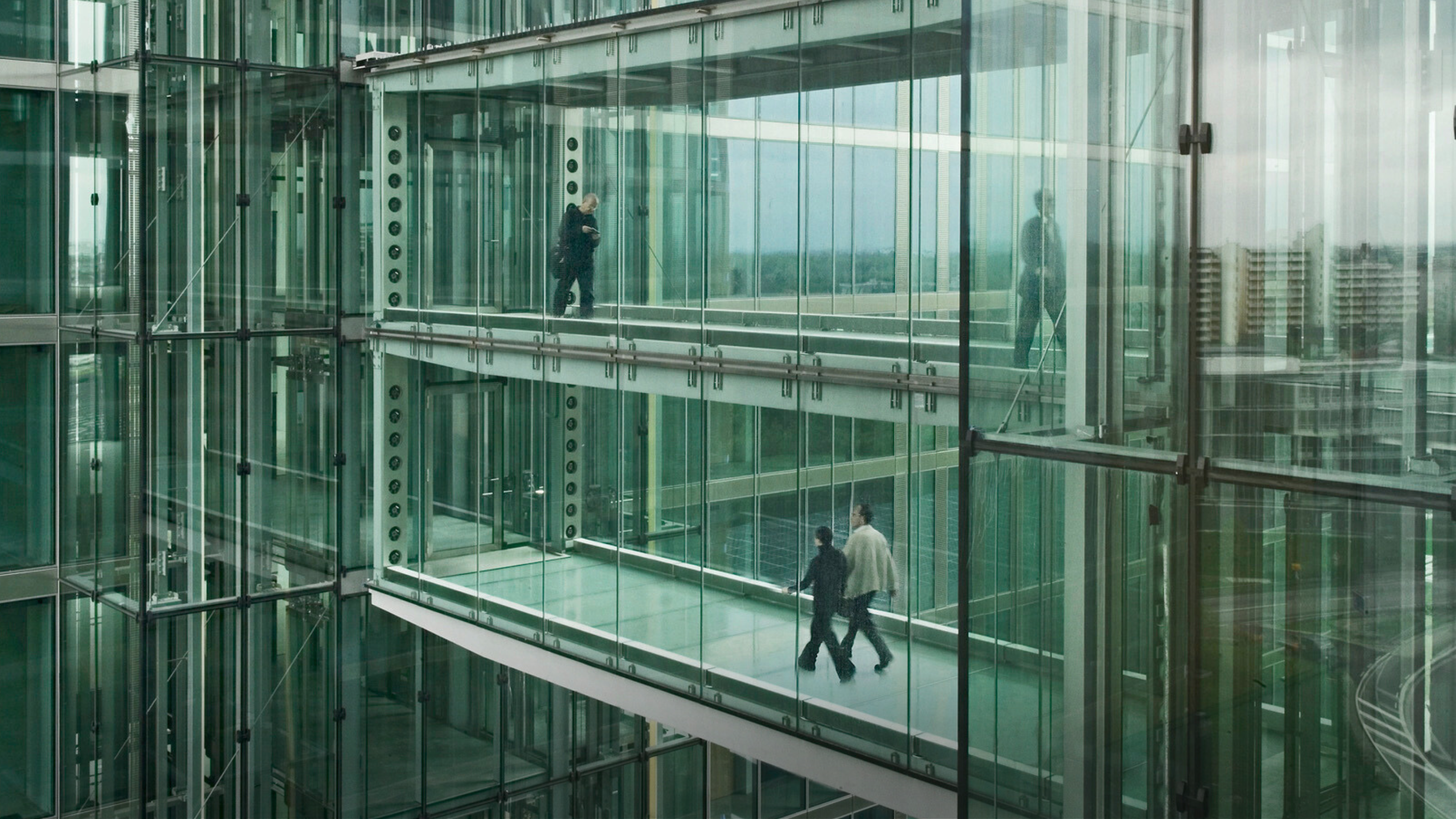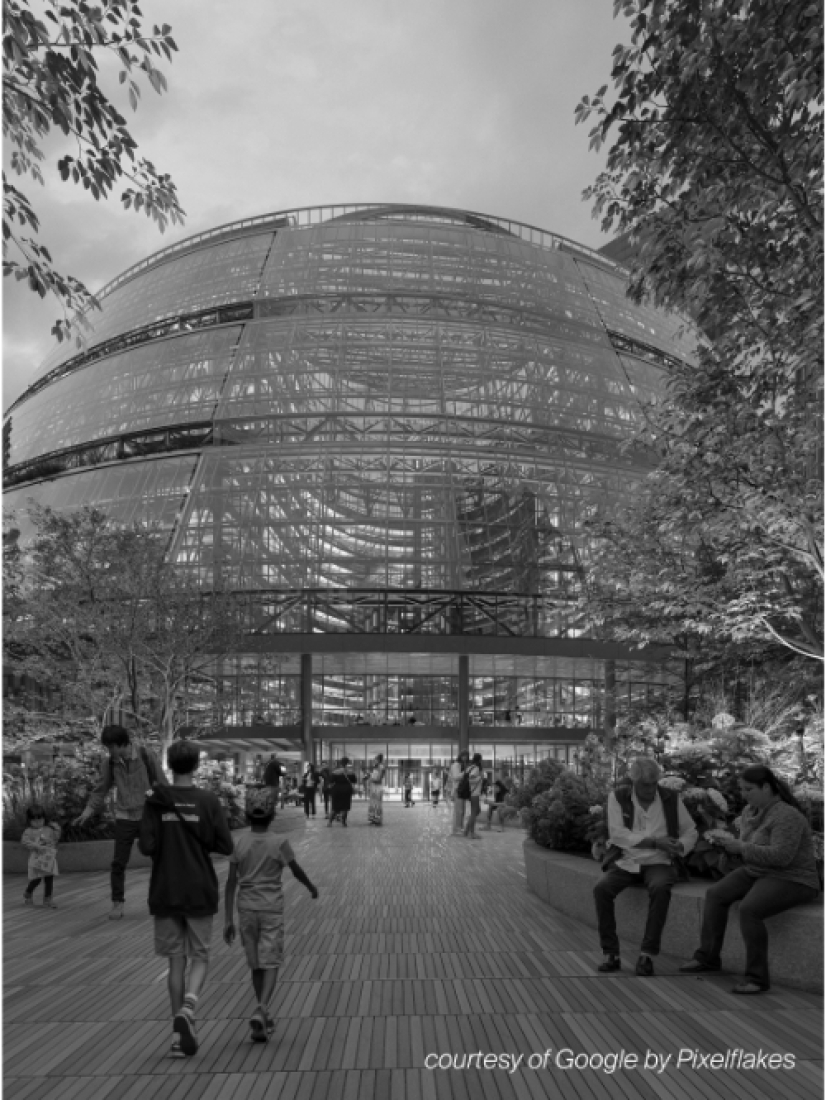5 key facts about this project
SAND CUBE is a pavilion located along the coastline of Tel Aviv, designed to offer a unique respite from the region's harsh coastal climate. The concept draws inspiration from the natural sea sand found in the area, creating an experience that connects visitors with the environment. By imitating the sensation of climbing, the design encourages people to explore and interact with both the structure and the surrounding landscape.
Design Concept
The design of SAND CUBE merges with the natural landscape, giving visitors a spatial experience that feels like navigating through rock formations. Walkways and paths lead users through the building, creating a sense of ascent as they move between different areas. The structure features a partially visible and sheltered basin, enhancing the experience and fostering a sense of community among those who gather there.
Material Integration
Local sea sand serves as the primary material for the pavilion, reinforcing its connection to the coastal setting. This choice supports not only the aesthetic appeal but also helps to ground the structure in its geographic context. The design uses modular units built through rammed earth techniques, which allows for effective assembly and sound structure while showing respect for the environment. This careful selection of materials emphasizes the commitment to sustainability.
Environmental Engagement
The relationship between the pavilion and the surrounding environment is a key aspect of its design. Weathering from salt, wind, and water will gradually alter the structure, highlighting its integration with nature. As time passes, the building will erode and blend back into the local sea sand, reinforcing the idea that architecture and nature are interconnected.
A notable feature is the orientation of the entrances. The narrow entrance on the east side leads to a secluded gathering area, offering a space for reflection. In contrast, the expansive views available from the west and north sides create visual connections to the landscape. Visitors can experience the relationship between architecture and nature while finding shelter within the pavilion's form.


